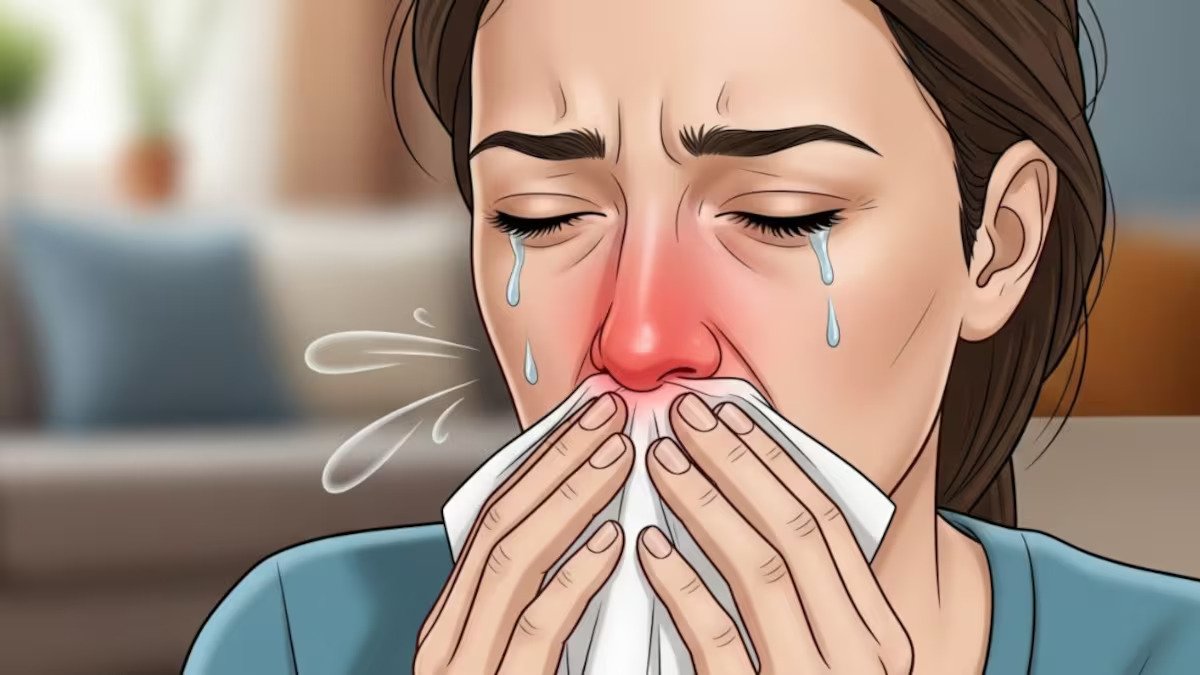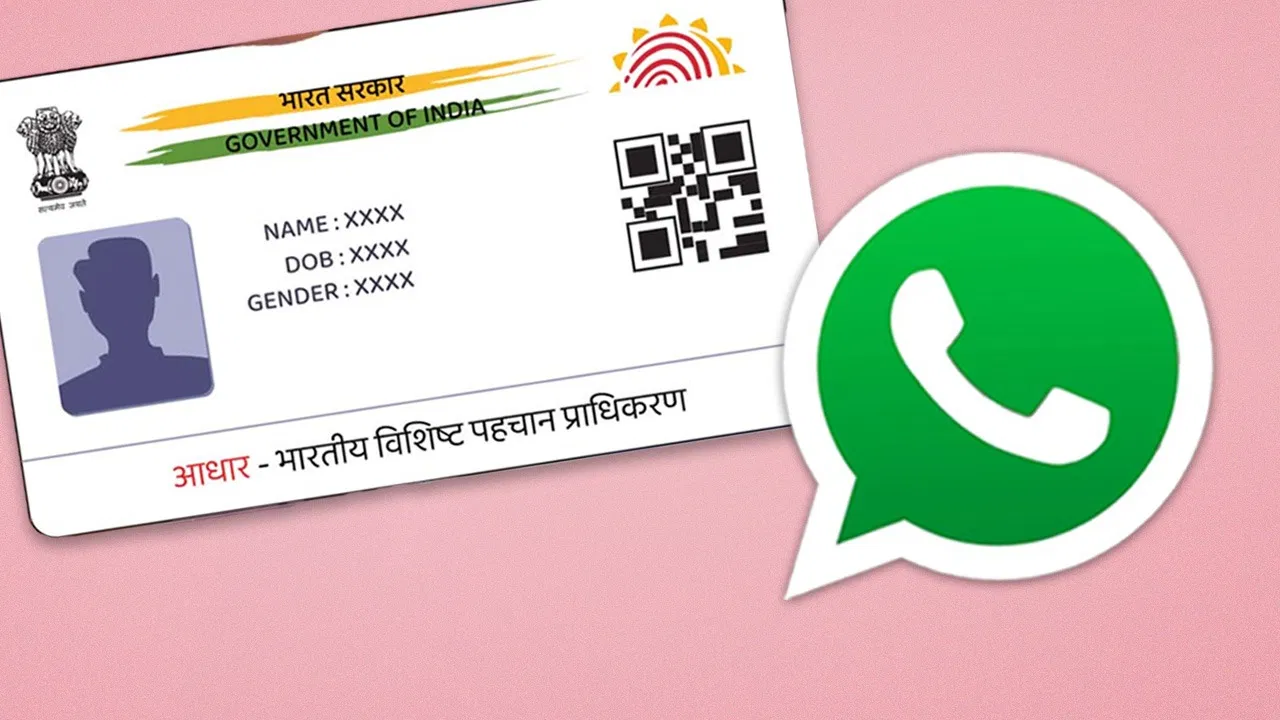If you’ve been hearing a lot about the H3N2 flu outbreak in Delhi NCR, you’re not imagining things. It’s real, and it’s hitting people hard. Cities like Gurugram, Noida, Faridabad, and Ghaziabad are seeing a surge in cases. And the worst part? The Symptoms of H3N2 can sneak up fast and stick around longer than your typical seasonal cold.
So, what makes this flu strain different? How is it spreading so quickly? More importantly, what should you do if you catch it? Let’s break it all down in simple terms, so you know exactly how to protect yourself and your family.
What Is H3N2 and Why Is It Causing So Much Trouble?
Let’s start with the basics. H3N2 is a subtype of the Influenza A virus, and no, it’s not just another common cold. This strain causes more intense symptoms, leads to longer illness durations, and can result in dangerous complications if you’re not careful.
Unlike milder viral infections that might have you sneezing for a couple of days, the Symptoms of H3N2 often hit you like a truck—and keep you in bed for up to a week or more. It’s the kind of flu that really knocks the wind out of you.
How H3N2 Spreads Like Wildfire
The scary part? This flu spreads super fast. H3N2 flu virus travels through the air via tiny droplets released when an infected person coughs, sneezes, or even talks. You might not even realize it, but if you’re in close quarters—like in an air-conditioned room or crowded metro—you could be breathing in those droplets.
It doesn’t stop there. You can also catch it by touching surfaces contaminated with the virus and then touching your face—especially your eyes, nose, or mouth. That’s why hand hygiene is so important.
Primary Symptoms of H3N2: What You Should Watch Closely
Now, let’s talk about the main thing: the Symptoms of H3N2. These symptoms show up quickly and often feel more severe than a regular cold or mild flu. Here's what to keep an eye on:
1. High Fever and Chills
One of the first Symptoms of H3N2 is a sudden spike in temperature, often accompanied by intense chills. It’s not a slight fever; it’s the kind that leaves you bundled in blankets and still shivering.
2. Persistent Cough
You might start off with a mild cough, but as the days go by, it can get deeper and more painful. Many people report a lingering, hacking cough that sticks around long after other symptoms fade.
3. Sore Throat
A scratchy or burning sensation in your throat is another classic symptom of H3N2. It can make swallowing difficult and painful, especially when paired with a dry cough.
4. Runny or Blocked Nose
Whether it’s a constant drip or a totally stuffed nose, this flu hits your sinuses hard. You’ll likely need tissues by the box.
5. Body Pain and Fatigue
Muscle aches and whole-body fatigue are very common Symptoms of H3N2. People often say it feels like they’ve been "hit by a bus."
6. Headache
Don’t be surprised if you get throbbing headaches, especially around your forehead or eyes. It often comes along with the fever and congestion.
7. Nausea, Vomiting, and Diarrhea
Especially in children, the Symptoms of H3N2 can include stomach upset, such as nausea, vomiting, or diarrhea. These symptoms can make it even harder to stay hydrated.
If you're experiencing any combination of these symptoms, it's time to take it seriously.
Who Needs to Be Extra Careful?
Certain groups need to keep an even closer watch for the Symptoms of H3N2, as they’re more vulnerable to complications. This includes:
- Elderly individuals
- Children under the age of five
- People with asthma or other respiratory issues
- Patients with diabetes
- Heart disease sufferers
- People with weakened immune systems
For these individuals, even mild Symptoms of H3N2 could quickly turn severe. Don’t take any chances—see a doctor at the first sign of trouble.

What To Do If You Notice Symptoms of H3N2
Feeling off? Don’t wait it out. Take action as soon as you start noticing any Symptoms of H3N2. Here’s what to do:
1. Get Plenty of Rest
This isn't the time to “push through it.” You need at least 5–7 days of bed rest to give your body the best shot at fighting off the virus.
2. Stay Hydrated
Drink lots of water, warm soups, and herbal teas. Dehydration can make your symptoms worse, especially if you’re experiencing fever or diarrhea.
3. Manage Fever and Pain
Take paracetamol or acetaminophen to reduce your fever and muscle pain (but make sure you're not allergic and check with your doctor first).
4. Use Throat Lozenges
These can offer some relief if your Symptoms of H3N2 include a sore throat. Lozenges help soothe that dry, scratchy feeling.
5. Avoid Antibiotics Unless Prescribed
Antibiotics do not work on viruses. Taking them without a prescription can actually do more harm than good.
6. See a Doctor if Symptoms Worsen
If you experience trouble breathing, chest pain, dizziness, or persistent vomiting, seek medical care immediately. Antiviral medication is most effective within the first 48 hours of symptom onset.
How to Prevent H3N2 at Home
Stopping the spread begins at home. Here are the best ways to protect your family and community:
- Wash Your Hands Often
Use soap and water, scrubbing for at least 20 seconds, especially after coughing, sneezing, or touching shared surfaces.
- Wear a Mask
If you're heading out and you’re sick—or around someone who is—wearing a mask can significantly reduce the spread of the virus.
- Avoid Sharing Personal Items
Keep your towels, utensils, water bottles, and bedding to yourself during flu season.
- Ventilate Your Home
Flu viruses love stagnant air. Keep windows open when possible and use fans to promote fresh air circulation.
- Boost Your Immunity
Eat vitamin C-rich foods like oranges, lemons, and amla, get 7-8 hours of sleep, and do light exercise to keep your immune system strong.
- Keep Your Hands Off Your Face
Avoid touching your eyes, nose, and mouth unless your hands are freshly washed. Germs love to hitch a ride this way.
The Role of the Flu Vaccine in Preventing H3N2
If you’re wondering whether the flu vaccine helps, the answer is yes—absolutely. The 2025–2026 flu shot includes protection against the H3N2 strain, which makes it a solid defense during this outbreak.
The vaccine doesn’t just help you; it protects others too—especially vulnerable populations. It reduces the severity of the Symptoms of H3N2, shortens the illness duration, and lowers the risk of complications.
So, if you haven’t gotten your flu shot yet, now’s the time.
Read More: Kantara Chapter 1 Trailer: Rishab Shetty Digs Deeper into the Folklore
Conclusion
The H3N2 flu is not something to take lightly. Whether you're in Delhi NCR or anywhere else, knowing the Symptoms of H3N2 and how to respond could make all the difference. With early detection, good hygiene practices, and the right medical support, you can fight it off and get back to feeling like yourself again.
So next time you feel a fever coming on or can’t shake off that sore throat and cough—listen to your body. It could be more than just a seasonal bug. Act fast, take precautions, and protect the people around you.





